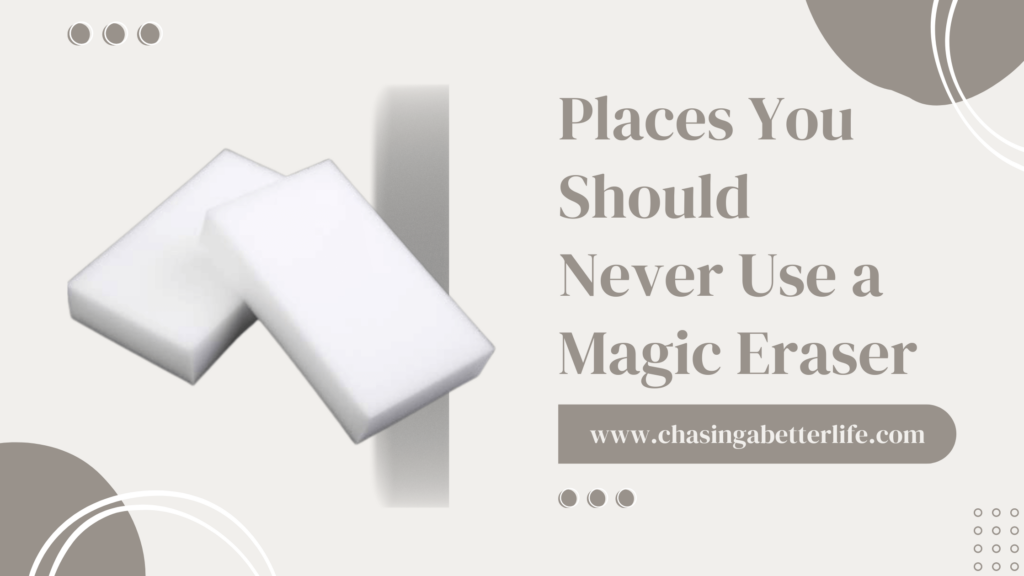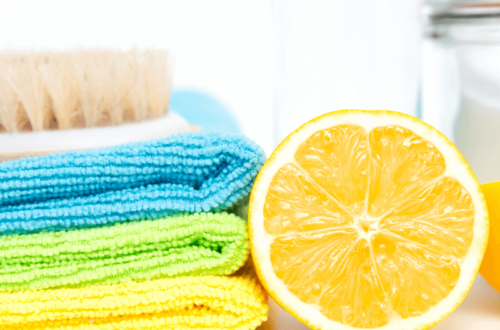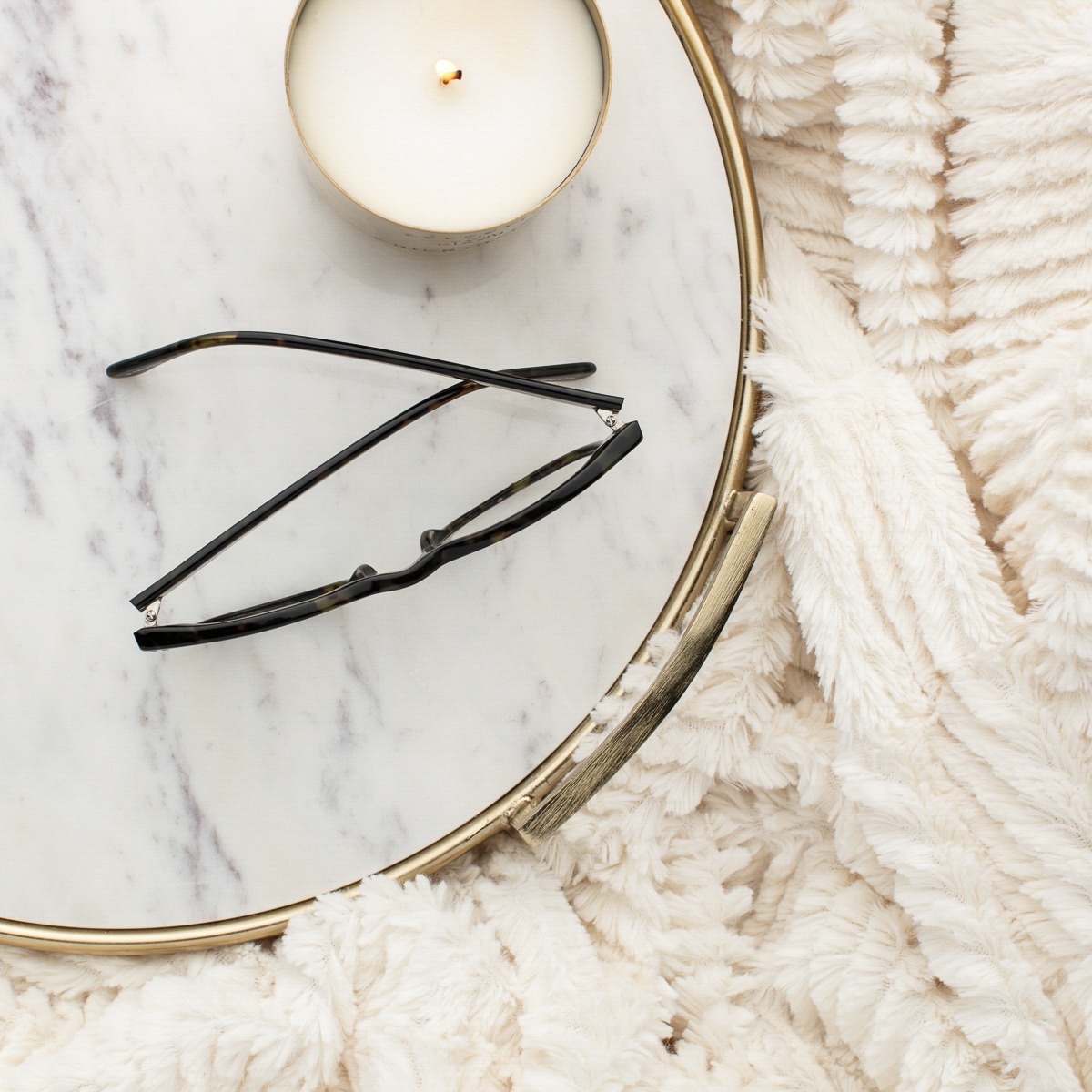
10 Places You Should Never Use a Magic Eraser
Learn about the dangers of using a magic eraser on various surfaces including painted surfaces, delicate fabrics, wood surfaces, electronic devices, non-stick cookware, swimming pools and hot tubs. Discover alternative cleaning methods to avoid damage and ensure the safety of your surfaces while using magic eraser.
Magic erasers have become a popular cleaning tool due to their ability to remove even the toughest stains and grime with minimal effort. However, while they may be great at removing certain types of dirt and stains, they should not be used on all surfaces and materials.
In fact, using a magic eraser in certain places can cause significant damage and should be avoided at all costs. This article will provide an overview of the potential hazards of using a magic eraser and identify specific places where it should never be used. By understanding the limitations of this cleaning tool, you can protect your belongings and keep your home looking its best.
What is a Magic Eraser?
A magic eraser, also known as a melamine foam eraser, is a cleaning tool that is made from melamine resin. Melamine resin is a type of foam that is extremely porous, which makes it highly effective at removing dirt and stains. The eraser works by breaking down the bonds between dirt and the surface it is on, allowing the dirt to be easily wiped away.
They are great at tackling various stains, scuffs, grime, and dirt on various surfaces such as walls, baseboards, kitchen appliances, and many others. They are also great at removing crayons, pens, and other types of marks. Magic erasers are often used as a convenient and efficient alternative to traditional cleaning methods, they are very cheap and simple to use, only by wetting them and rubbing them over the surface you want to clean.
Why You Should be Cautious When Using a Magic Eraser
There are several reasons why individuals should be cautious when using a magic eraser. One of the main reasons is that these erasers can cause damage to certain surfaces. For example, they can scratch or dull surfaces such as painted walls or wood finishes. They can also erode surfaces such as aluminum or leave marks on the surface.
Another reason to be cautious when using a magic eraser is that the chemical makeup of the eraser can be harmful to certain materials. Magic erasers are made with melamine resin which can be harsh on delicate surfaces such as leather, suede, or silk. They can also cause discoloration or damage to some types of plastics or synthetic materials.
Using a magic eraser in the wrong way can also remove desired finishes or colors on certain materials. For example, rubbing a magic eraser on a colored tile or painted surface will remove the pigmentation from the material. This can be especially problematic when working on a surface that is painted or coated with a special finish.
It is also important to note that while magic erasers are effective at removing dirt and stains, they should never be used on certain materials, such as non-stick cookware, as they can scratch or damage the surface and reduce the effectiveness of the non-stick coating.
Overall, it is important to be cautious when using a magic eraser and to always test a small, inconspicuous area before using it on a larger surface. Additionally, it is important to read the instructions on the package and to understand the potential hazards associated with using the product, as well as to use the appropriate cleaning method for each surface.
What are Magic Erasers Made From?
A Magic Eraser is a cleaning product that is made from a highly abrasive material called melamine foam. It is designed to remove tough stains and grime from a variety of surfaces, but it can also cause damage to certain surfaces if it is not used properly.
One of the most important things to consider when using a Magic Eraser is the type of surface that you are cleaning. The abrasive nature of the foam can cause damage to delicate surfaces such as painted walls, wood finishes, and certain types of plastics. If you are not sure whether or not a Magic Eraser is safe to use on a particular surface, it is best to test it on an inconspicuous area first to see how it reacts.
Another thing to consider when using a Magic Eraser is the amount of pressure that you use when cleaning. Using too much pressure can cause the foam to scratch and damage the surface, so it's best to use a light touch when cleaning.
Additionally, some surfaces such as glass or stainless steel should be avoided with magic eraser. It can scratch and discolor them leaving permanent damage.
It is generally recommended to not use Magic Eraser on antique, valuable or irreplaceable items, due to the potential for damage.
In summary, Magic Eraser can be a powerful cleaning tool, but it is important to be aware of its potential to damage certain surfaces. Always test the product on an inconspicuous area first, and use a light touch when cleaning to avoid scratching or damaging the surface.
A Magic Eraser is a cleaning product that is made from a highly porous material that is coated with a substance called melamine foam. Melamine foam is a type of microabrasive cleaner that is made from melamine crystals that have been turned into a foam.
The melamine crystals in a Magic Eraser are made up of melamine and formaldehyde, which are both chemicals. When these crystals are combined with water and air, they create a foam that is highly effective at removing dirt, grime, and stains.
Melamine is a type of nitrogen-rich, organic compound that is used in a wide range of industrial and consumer products. It is a relatively common ingredient in cleaning products, and it is also used in the manufacturing of laminates, adhesives, and other products.
Formaldehyde is a colorless, strong-smelling chemical that is used in a variety of industrial and consumer products, including building materials and household products. It is also used in the production of certain chemicals, such as fertilizers and pesticides.
While magic eraser are very effective on removing stains and dirt, it's abrasive composition can cause damage on some surfaces like :
- Certain types of painted surfaces
- delicate surfaces like glass or screens
- wood surfaces as it can remove the finish or discolored it.
It's important to always test an inconspicuous spot before using the product on the entire surface, and also read the label instruction and product warning before using it.
The abrasive nature of a Magic Eraser can make it effective at removing dirt, grime, and stains, but it can also cause damage to certain surfaces by removing the desired finish or color.
Places You Should Never Use a Magic Eraser
One of the places where you should be especially careful when using a Magic Eraser is on painted surfaces. The melamine foam in the eraser can scrub away paint, leaving behind a dull or discolored area. This is especially true for surfaces that have been painted with a glossy or glossy-like finish.
Wood surfaces can also be affected by the use of a Magic Eraser. The abrasive foam can remove the finish on wood, leaving the surface looking dull and discolored. This is especially true for wood surfaces that have a delicate or ornate finish, such as an antique piece of furniture.
Delicate surfaces such as glass or screens, also can be affected by the use of a Magic Eraser, Scratching or damaging the surface, and discoloring it.
It's always important to test a small, inconspicuous area before using a Magic Eraser on a surface. Additionally, it is crucial to read the label instructions and product warnings before using a Magic Eraser, as the manufacturer may caution against using the product on certain types of surfaces.
It's also important to consider other alternative cleaning methods that may be more suitable for the surface you want to clean. Microfiber cloths, vinegar solution, or mild detergent and water, for example, can be effective for cleaning many surfaces without the risk of damaging them.
A Magic Eraser is a versatile cleaning product, but there are certain places where you should be careful when using it, or avoid using it altogether, to prevent damage to the surface. Some specific places you should never use a Magic Eraser include:
- Painted surfaces: The abrasive nature of the melamine foam in a Magic Eraser can remove paint from walls, doors, and other surfaces, leaving behind a dull or discolored area.
- Delicate surfaces: Glass surfaces such as mirrors, windows, and screens can be easily scratched by the abrasive foam in a Magic Eraser.
- Wood surfaces: Using a Magic Eraser on wood surfaces can remove the finish, leaving the surface looking dull and discolored. This is especially true for delicate or ornate finishes.
- Automotive surfaces:Using a Magic Eraser on the interior and exterior of a car can cause damage because the abrasive foam can remove the paint or clear coat from the surface of the vehicle.
On the exterior, the melamine foam in a Magic Eraser can remove the clear coat or paint from the car's body. This can leave behind a dull or discolored area, and also can cause the paint to peel or flake off over time.
On the interior, the abrasive foam can remove the finish or discolor plastic or vinyl surfaces, such as dashboard, door panels, and seat trim. It can also scratch or damage the glass surfaces such as mirrors and windows.
Additionally, Magic Eraser has a strong chemical formula that may not be safe for the inside of a car. It may cause harm to the car's upholstery, floor mats, or other materials.
For cleaning the interior and exterior of a car, it's best to use a mild detergent or a specialized car-cleaning product. These products are formulated to be safe for use on a car's paint, clear coat, and other materials, without causing any damage.
It's always a good idea to test an inconspicuous spot first before using a cleaning product on the entire car, and to always follow the manufacturer's instructions for use. This way, you can ensure that the product you are using is safe for the specific surface you are cleaning, and that you are using it correctly to avoid any damage to your vehicle.
- Electronic Devices:Using a Magic Eraser on screens, such as those found on televisions, phones, tablets, and other electronic devices, can cause damage because the abrasive foam can scratch the surface of the screen.
Screens on electronic devices are made from a variety of materials, including glass, plastic, and other delicate materials, that can be easily scratched by the abrasive foam in a Magic Eraser. Scratches on the screen can cause distortion, discoloration, or damage to the picture quality, and also can make it difficult to see the display properly.
Additionally, the chemical composition of Magic eraser can be harmful to the coatings, plastics, or other materials used in electronic devices, which can cause discoloration, damage, or even deformation over time.
Instead of using a Magic Eraser, it's best to use a microfiber cloth or a specialized cleaning product that is safe for use on electronic screens. These products are formulated to be gentle on screens, while still effectively removing dirt and fingerprints.
It's also important to read the manufacturer's instructions for care and cleaning of electronic devices before using any cleaning products, to ensure it's safe for the specific device you have and to follow the correct method for cleaning the device.
- Non-Stick Cookware:Using a Magic Eraser on non-stick cookware can cause damage because the abrasive foam can remove the non-stick coating on the surface of the pots and pans.
Non-stick cookware is coated with a special material that makes it easy to cook with, and also easy to clean. However, the abrasive nature of the melamine foam in a Magic Eraser can scratch or remove the non-stick coating, which can then make the cookware less effective and even release harmful particles from the damaged coating.
Additionally, the chemicals in Magic Eraser can react with the coating and damage the surface, making the cookware less effective, and even dangerous to use. Non-stick cookware is designed to be used with non-abrasive sponges or cloths, and with mild detergent.
Using abrasive scouring pads or steel wool on non-stick cookware can also cause damage to the coating. Instead of using a Magic Eraser, using a sponge or cloth with a mild detergent or a specialized non-abrasive cleaner is recommended to clean the surface of the cookware without causing any damage.
It's also a good idea to read the manufacturer's instructions for care and cleaning of non-stick cookware before using any cleaning products, to ensure it's safe for the specific cookware you have.
- Using a Magic Eraser on delicate fabrics and surfaces can cause damage because the abrasive foam can scratch or remove the finish on the surface, and also can cause discoloration or fading.Delicate fabrics such as silk, lace, or other fine fabrics can be easily damaged by the abrasive foam in a Magic Eraser. The melamine foam can cause snagging, tearing or discoloration in these types of fabrics. Similarly, delicate surfaces like leather or suede can be damaged by the abrasive nature of the foam, resulting in scratches, discoloration, or fading.
Additionally, Magic Eraser has strong chemical formula which may not be safe for use on delicate fabrics and surfaces. The chemicals in the eraser can cause discoloration, fading, or other types of damage, particularly when used in combination with water.
For cleaning delicate fabrics and surfaces, it's best to use a mild detergent or a specialized cleaning product that is formulated to be safe for use on delicate materials. These products can help remove dirt and stains without causing any damage to the fabric or surface.
It's also a good idea to test an inconspicuous spot first before using a cleaning product on the entire surface, to avoid any discoloration or fading. Always read the product label instructions and follow the care instructions for the specific fabric or surface, to ensure you are cleaning it properly and not causing any damage.
- Using a Magic Eraser on swimming pools and hot tubs can cause damage because the abrasive foam can scratch the surface of the pool or tub, and also because the chemicals in the eraser can affect the pH balance and chemical levels of the water.Swimming pools and hot tubs are typically made from a variety of materials such as, tile, fiberglass, or acrylic. Using a Magic Eraser on these surfaces can scratch the surface and cause discoloration or other damage.
Additionally, the chemicals used in a Magic Eraser can affect the pH balance and chemical levels of the water in the pool or hot tub. This can cause the water to become cloudy, or cause damage to the pool or hot tub equipment.
It is not recommended to use abrasive cleaning products on swimming pools or hot tubs, instead it's best to use specialized pool and spa cleaning products that are safe for use on the specific type of pool or hot tub you have. These products are formulated to be gentle on surfaces, while still effectively removing dirt and stains.
It's also important to maintain appropriate pH levels, chlorine or bromine levels, and alkalinity levels in your pool or spa, as per the manufacturer's instruction for the safe operation and maintenance of the pool or spa.
When cleaning these surfaces, it's always a good idea to test an inconspicuous spot first and use the mildest method possible before progressing to harsher cleaning agents like Magic Eraser. It's also important to read the label instructions and product warnings before using a Magic Eraser to make sure it's safe for the surface you plan to clean.
In conclusion, a Magic Eraser can be a versatile cleaning tool, but it's important to be mindful of its potential dangers when used on certain surfaces. The abrasive nature of the melamine foam in the eraser can cause scratches, discoloration, or damage to painted surfaces, delicate fabrics, wood surfaces, electronic devices, non-stick cookware, swimming pools and hot tubs, and many other surfaces. Additionally, the chemical composition of Magic eraser can react with the surfaces and cause harm over time.
To avoid damage, it's crucial to always test a small, inconspicuous area before using a Magic Eraser on a surface, to ensure it won't cause any damage. It's also important to read the label instructions and product warnings before using a Magic Eraser, as the manufacturer may caution against using the product on certain types of surfaces.
It's also important to consider other alternative cleaning methods that may be more suitable for the surface you want to clean. Microfiber cloths, vinegar solution, or mild detergent and water, for example, can be effective for cleaning many surfaces without the risk of damaging them. Always use appropriate cleaning methods, as recommended by the manufacturer and/or based on the surface's material.
In summary, while Magic Eraser can be a useful cleaning tool, it's important to use it with caution, and to always test a small, inconspicuous area before using it on a surface. Remember to choose the appropriate cleaning method for each surface, in order to avoid causing any damage.



